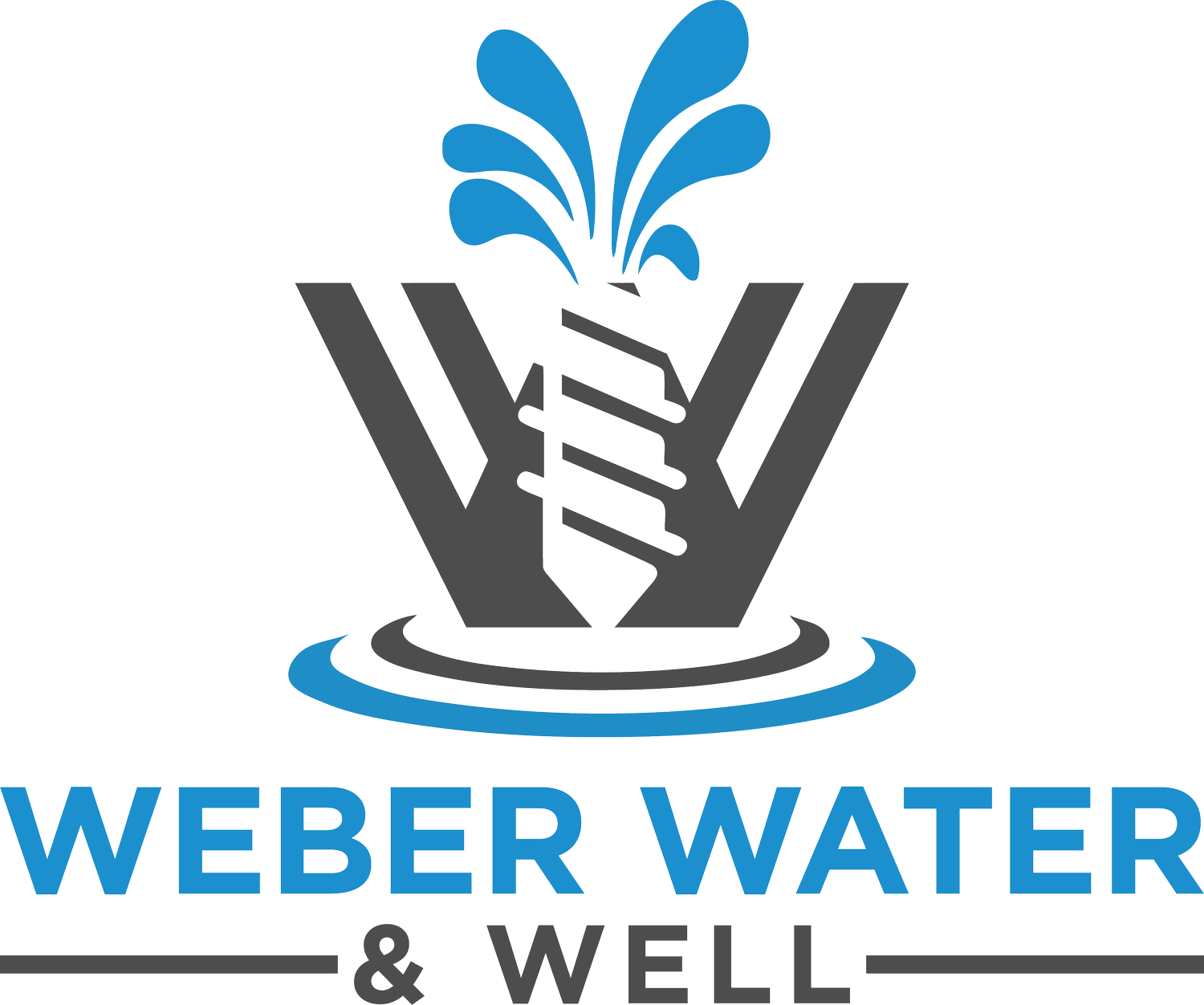What Are Well Drilling Services and How Do They Work?
Well drilling services are a vital component in providing access to underground water and other resources. This blog will guide you through the essential aspects of well drilling, explaining the process and its significance in everyday life. Whether you're considering having a well drilled or simply want to understand the services better, this FAQ will cover everything you need to know.
What Are Well Drilling Services?
>Well drilling services involve the process of creating a well to access groundwater or other underground resources.
These services are not only essential for individual homeowners but also for agricultural operations, municipalities, and industries where water is crucial. A well can provide a sustainable water source without relying on public water systems.
In essence, well drilling services encompass the entire spectrum of activities that are necessary to install and maintain a well, ensuring that clean and reliable water is available as needed.
Moreover, well drilling can be tailored to different needs, whether it's a simple personal water supply for a household or an extensive system for irrigation purposes. The versatility of well drilling makes it an attractive option in various settings.
How Does the Well Drilling Process Work?
The well drilling process typically includes site assessment, drilling, casing installation, and testing the well. It all starts with a thorough examination of the site to determine the best location for the well, considering factors such as soil composition and proximity to potential contamination sources.
Once the site is assessed, the drilling begins. Specialized equipment is used to bore into the ground to reach the desired water table. Throughout this stage, attention to detail is paramount to avoid damaging the surrounding area.
After drilling, casing is installed to reinforce the well and prevent collapse. The casing serves as a barrier against contaminants and improves water quality. This is where the technical expertise of drilling professionals truly shines, ensuring the well is constructed to standards.
Finally, testing is conducted to assess the water quality and quantity. This step ensures that the well provides adequate water suitable for its intended use, thus completing the drilling process. Overall, each phase of the process requires careful planning and execution.
What Types of Wells Can Be Drilled?
There are various types of wells that can be drilled, including residential wells, irrigation wells, and geothermal wells. Each type serves a particular purpose and utilizes different drilling techniques tailored to its function.
Residential wells are perhaps the most common. They provide a private water supply for homes, often tapping into underground aquifers. The depth and diameter of the well depend on local regulations and the household's water needs.
Irrigation wells, on the other hand, are typically deeper and designed to provide substantial water flow, ensuring crops receive the necessary hydration throughout the growing season. These wells help farmers maximize yield and benefit from consistent water availability.
Geothermal wells utilize the Earth’s heat for heating and cooling purposes. These wells can significantly enhance energy efficiency in homes and buildings, showcasing the diverse applications of well drilling services.
As such, understanding the different types of wells is crucial in choosing the right service that fits your specific needs and environment.
What Equipment Is Used in Well Drilling?
Well drilling equipment includes drill rigs, casing, pumps, and various tools to ensure precise drilling. The drill rig is the heart of the operation, engineered to bore through different types of soil and rock to reach the groundwater.
Casing materials, often made of PVC or steel, are crucial in maintaining the well's structure. They provide stability, preventing the well from caving in while also protecting the water supply from contaminants.
Pumps come into play post-drilling to facilitate water flow from the well to the surface. Depending on the well’s depth and the required water pressure, different pump types are selected, ensuring efficient water delivery.
In addition to these primary components, well drilling may also involve various tools for testing water quality and determining the geological composition of the site. This advanced equipment ensures that the drilling process is not only effective but also safe.
What Are the Benefits of Well Drilling Services?
Well drilling services provide reliable access to water, reduce dependency on municipal supplies, and can be cost-effective in the long run. The ability to tap into a personal water source affords landowners not only independence but also peace of mind.
Additionally, wells can be a sustainable solution for agricultural practices. Farmers who drill irrigation wells can ensure their crops receive adequate water even during drought conditions, increasing overall productivity and crop health.
Beyond economic benefits, having a well contributes to local resource management. It can alleviate stress on community water supplies, especially during peak usage times, ensuring that everyone can access necessary water resources.
Furthermore, well water often tastes better than treated municipal water. Many people appreciate the fresh and natural taste of groundwater, adding to the overall satisfaction of having a personal well.
Key Takeaways on Well Drilling Services
In summary, well drilling services play a crucial role in accessing underground resources. Understanding the process and what to expect can help you make informed decisions for your water needs. If you have more questions or are considering well drilling, don't hesitate to reach out to professionals in the field.


